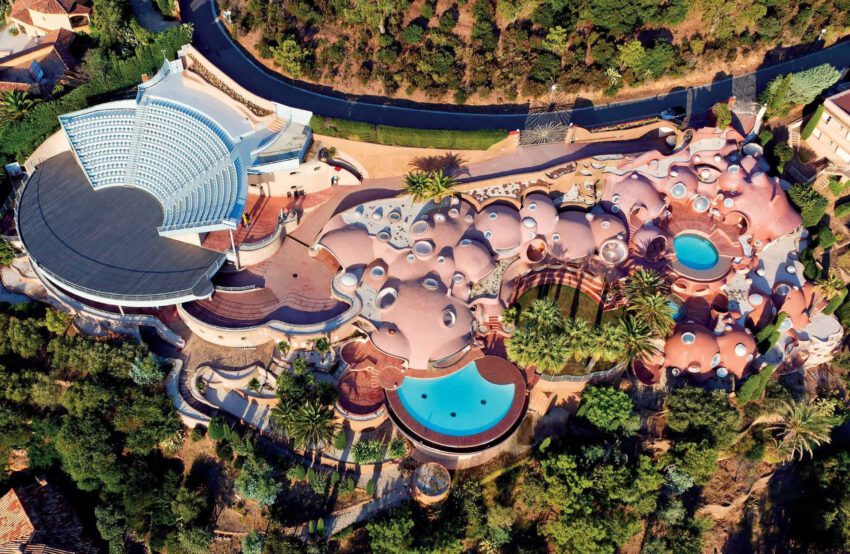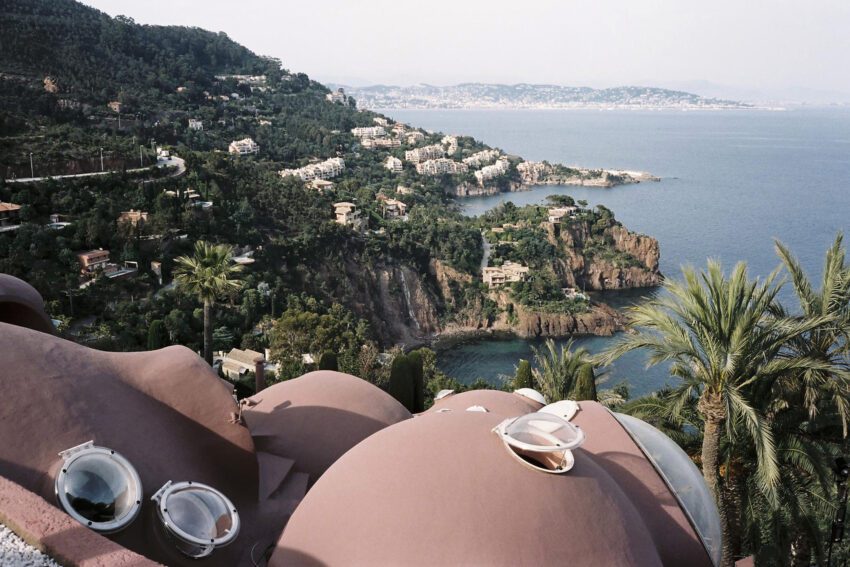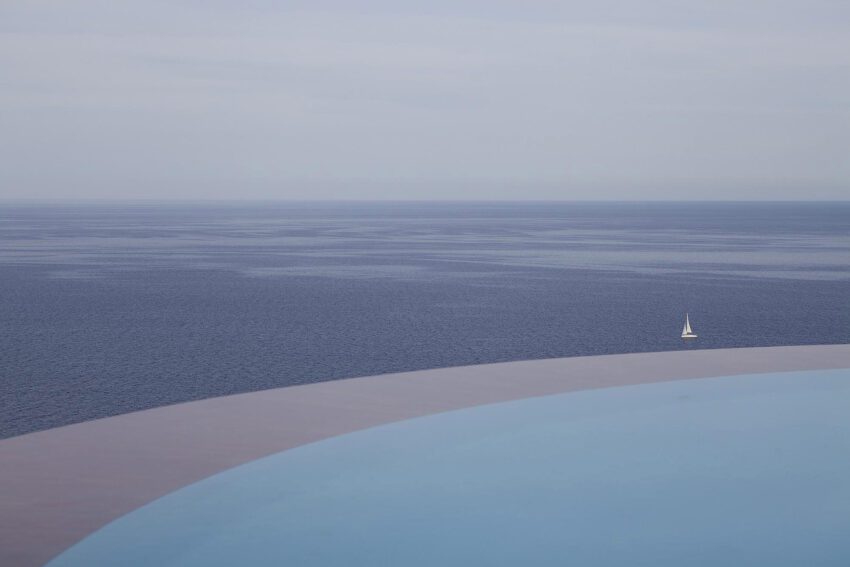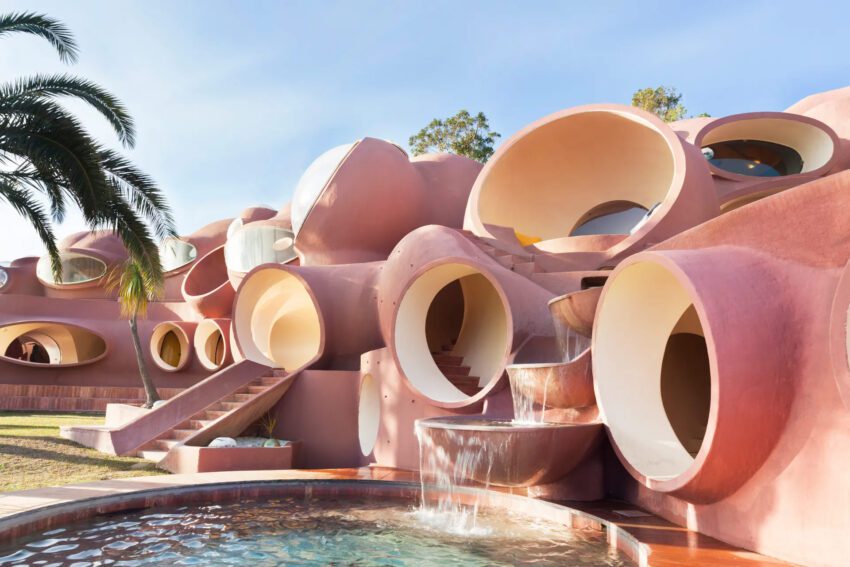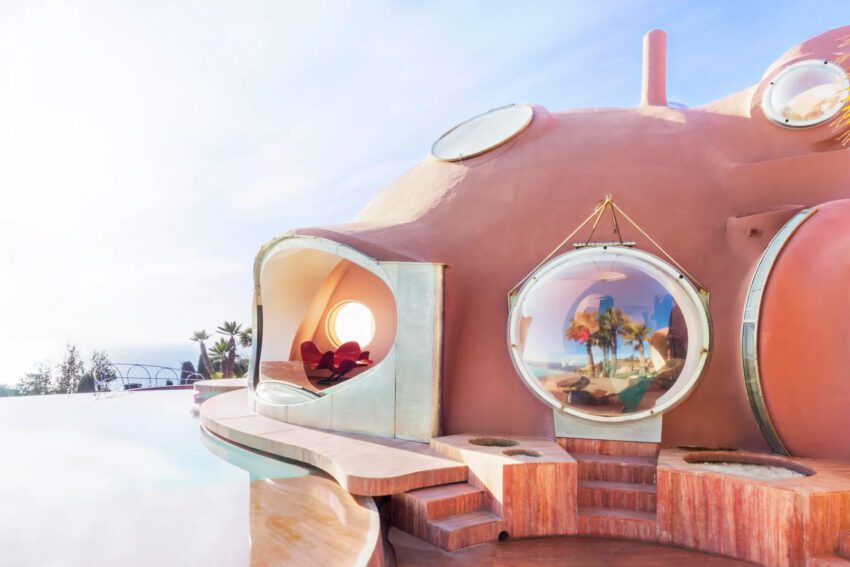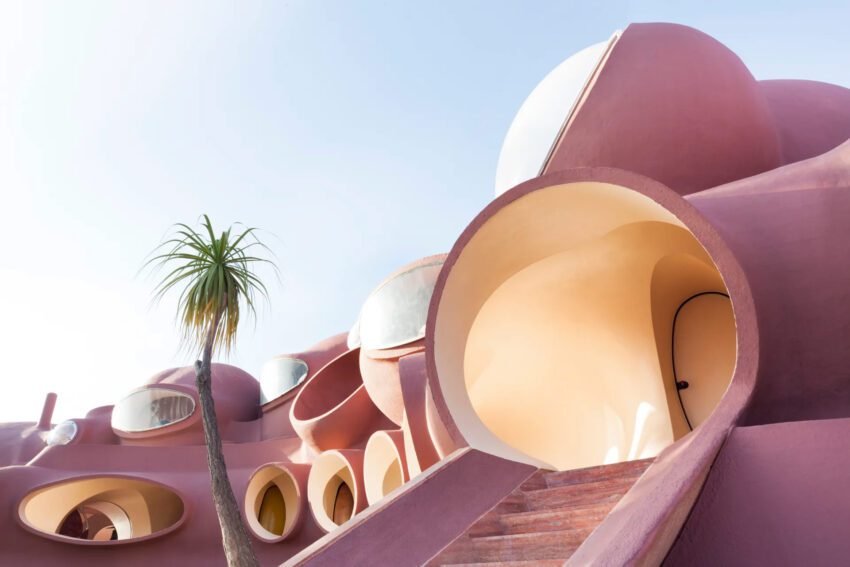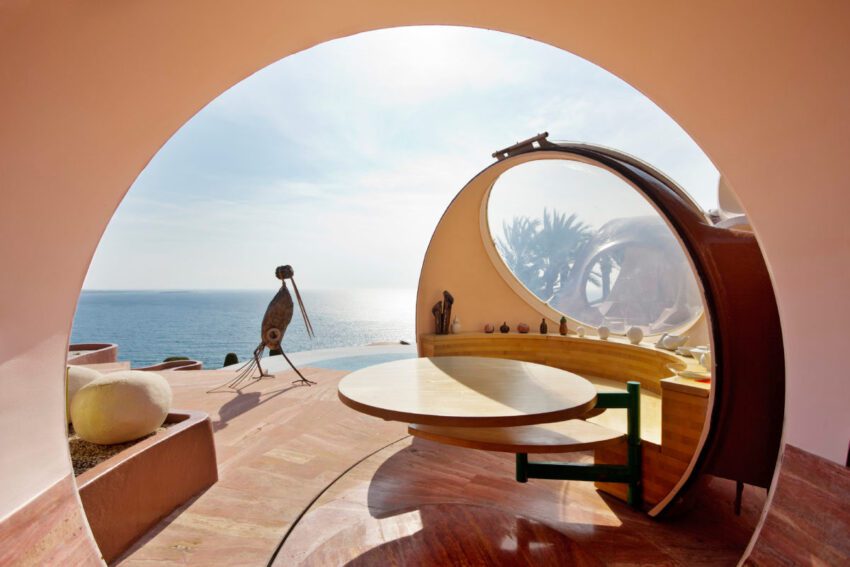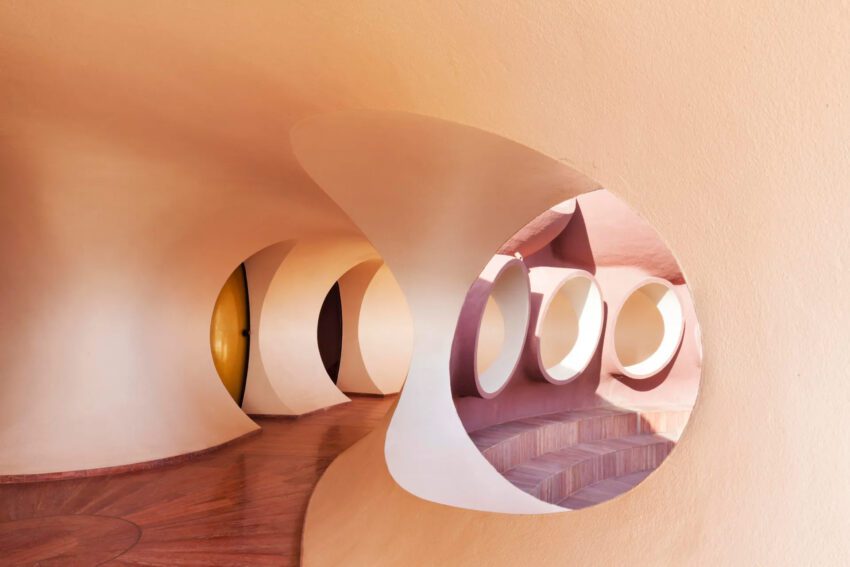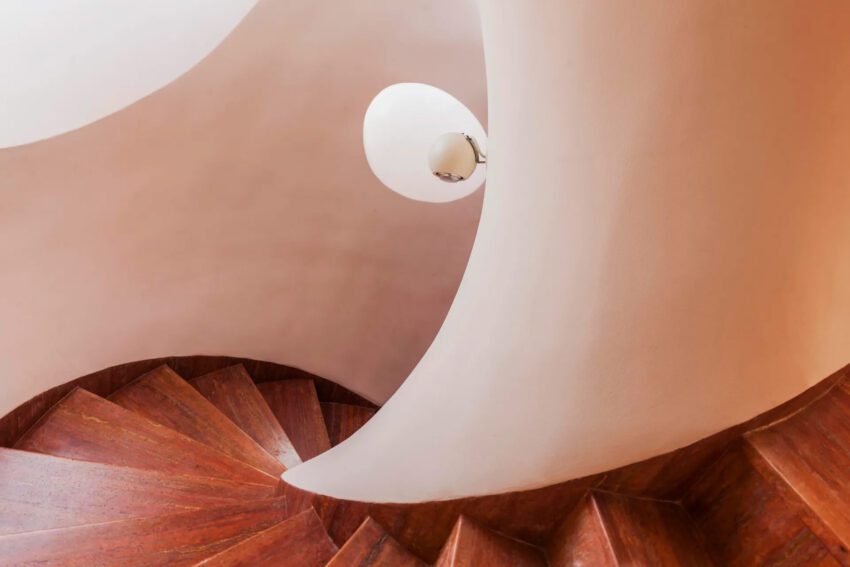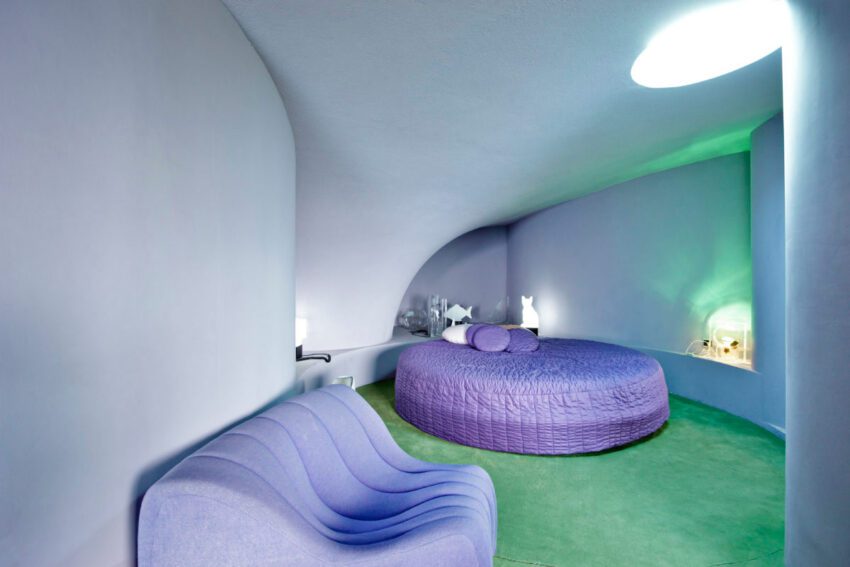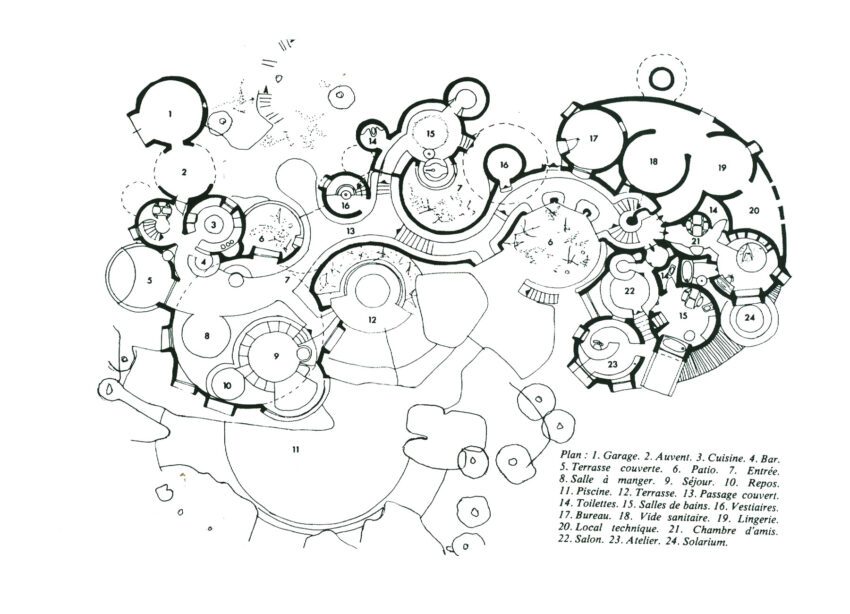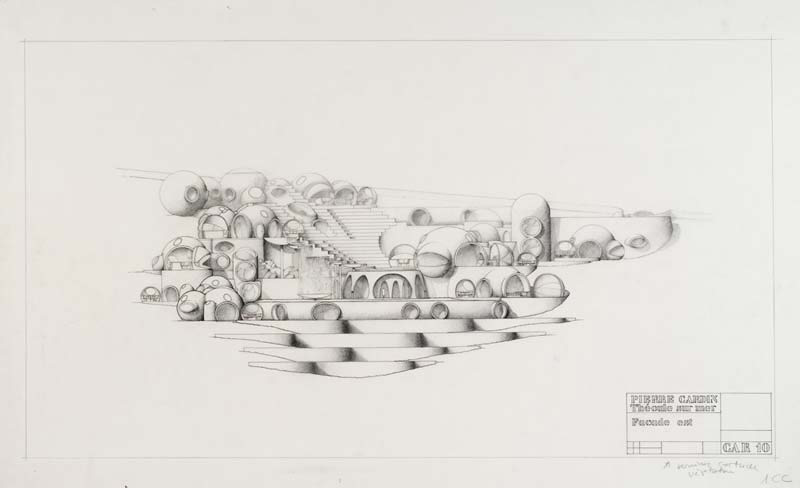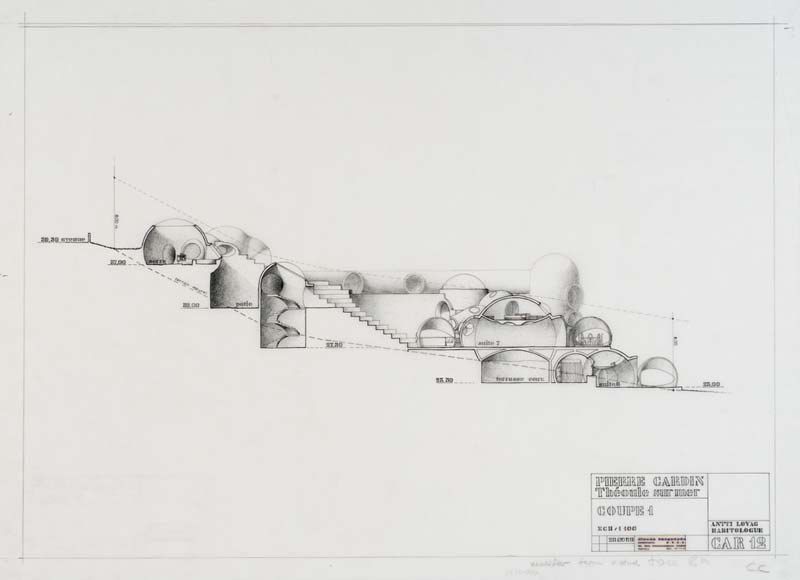Nestled on a rocky cliff overlooking the Mediterranean Sea, the Palais Bulles, or “Palace of Bubbles,” defies architectural conventions. Constructed between 1979 and 1989, this iconic structure was the brainchild of Hungarian architect Antti Lovag, later purchased by the French-Italian fashion designer Pierre Cardin in 1992. The Palais Bulles not only serves as a residential space but also has transformed into a stage for high-fashion shows, Cannes Film Festival parties, and editorial photography.
Palais Bulles Technical Information
- Architects: Antti Lovag
- Location: 33 Boulevard de l’Estérel, 06590 Théoule-sur-Mer, France
- Guest Capacity: 350 people
- Area: 1,200 m2
- Site Area: 8,500 m2
- Project Year: 1975 – 1989
- Photographs: © Cloe Harent, © Remy Fay, © Mary Gaudin, © Pierre Adenis
Living in a round space changes one’s way of thinking.
– Antti Lovag
Palais Bulles Photographs
The Design Philosophy: Habitology & Human Nature
Antti Lovag saw architecture as “a form of play” – spontaneous, full of surprises, and fundamentally focused on how humans inhabit spaces. Coined by Lovag himself, the term ‘habitology’ encapsulates this philosophy.
Lovag found the straight line to be “an aggression against nature,” emphasizing that human movement and vision work in circles. According to Lovag, “Conviviality is a circular phenomenon.” This focus on circular and spherical forms led to the complex web of bubbles that constitute the Palais Bulles. To Lovag, the circle is not just a geometric shape but a representation of human nature and interaction.
Creating the distinctive shapes of Palais Bulles required unconventional methods. Lovag used steel frames, lightweight mesh, and rods to create the spherical shells. These were hand-rolled into position and then covered with concrete. His approach was as radical as his design; he often avoided blueprints and involved his clients directly in the placement of elements like windows.
The layout of Palais Bulles is an exploration of sensual and spatial experiences. With a total area of 1,200 square meters spanning over six floors, the palace includes 29 rooms, 11 bathrooms, and 10 bedrooms. Clients were even allowed to choose the placement of windows, emphasizing Lovag’s collaborative approach. The intersecting spherical forms create spaces that are both disorienting and awe-inspiring.
Since its construction, the Palais Bulles has seen various transformations. It served as a platform for fashion shows by design giants like Pierre Cardin and Dior. It underwent a five-year renovation in 2015 by French architect and academic Odile Decq. In 2017, it hit the market for a staggering €350 million.
Antti Lovag may not have had a long list of clients, but his work at Palais Bulles has made an indelible impact on architectural thought. The architect explored the relationship between human bodies and architectural forms. Palais Bulles stands as a testament to the architect’s radical approach to space and form, challenging conventional norms while embracing the organic and sensual.
In an era obsessed with straight lines and utilitarian design, the Palais Bulles serves as a provocative counterpoint, encouraging us to rethink our preconceptions about space, form, and the very act of dwelling.
Palais Bulles Plans
Palais Bulles Image Gallery

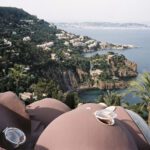

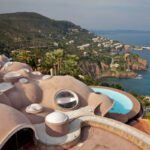

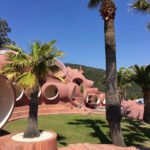

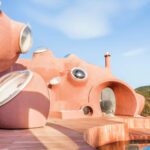

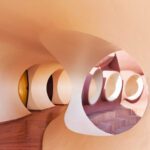

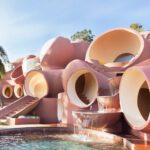

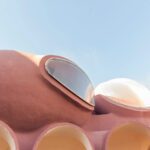
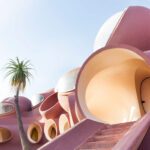

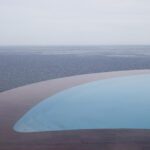
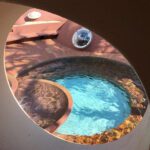
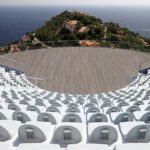
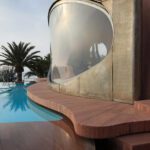
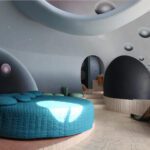
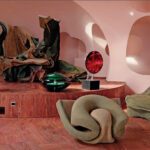

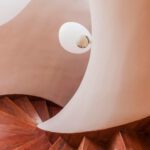
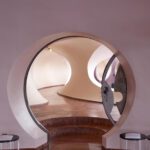
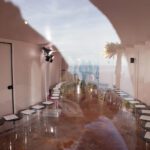
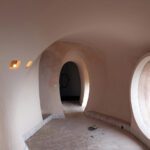
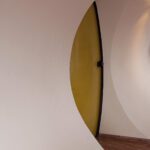

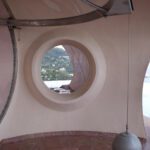
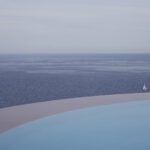


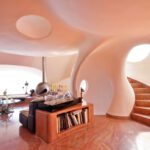
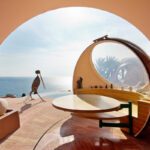

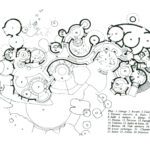
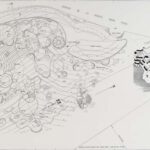
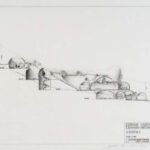
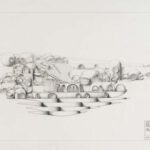
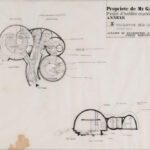
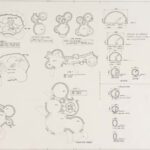

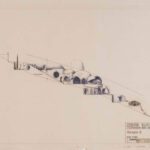
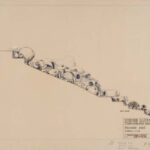
About Antti Lovag
Antti Lovag was a Hungarian-born French architect best known for his avant-garde, organic architectural style that defied conventional norms. He gained fame for his creation of the Palais Bulles (Bubble Palace) near Cannes, France, a residence characterized by its round, interconnected bubble-like spaces. Lovag’s work was grounded in the belief that traditional architectural forms, particularly straight lines and right angles, were at odds with human nature and movement. His designs, which often incorporated curves and open spaces, sought to bring architecture into harmony with the human experience, encapsulated in his belief that “living in a round space changes one’s way of thinking.”


